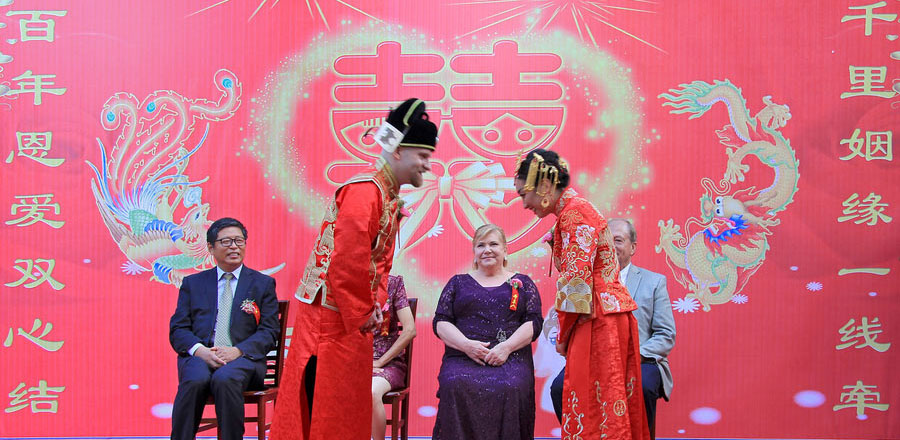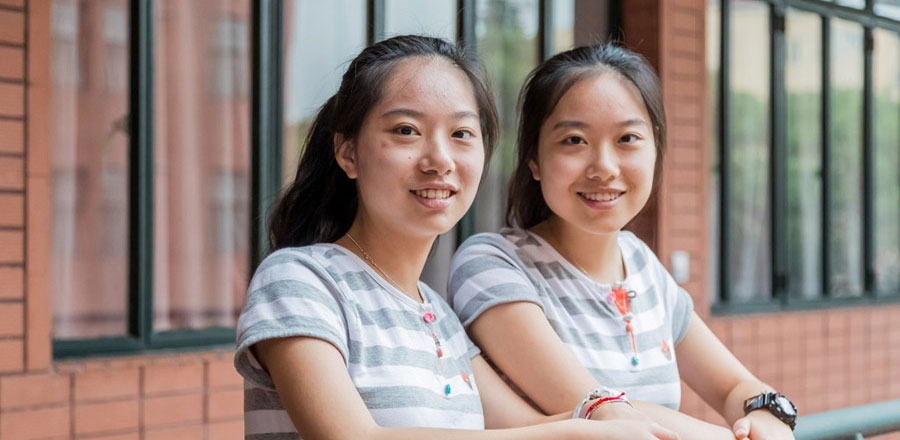
Lindqvist, who spoke mainly English peppered with some Chinese, apologized to her listeners that she could not speak Chinese as fluently as before because it was a long time since she had spoken the language.
Lindqvist's interest in China was first sparked at the age of 5 or 6, when her mother showed her an oiled-paper umbrella brought to Sweden by a friend from the Far East.
Later, during a nine-year period spent at university, she attended lectures by famous Swedish Sinologist Bernhard Karlgren on ancient Chinese philosophers, such as Confucius and Laozi.
Karlgren often showed his students how a Chinese character was written on oracle bones and bronze ware in ancient times, and how the characters had developed through history.
Karlgren's strong interest in the structure of characters influenced Lindqvist greatly.
So, in 1961, when Lindqvist's husband was posted at the Swedish embassy in China, she traveled along and enrolled in Peking University.
At the university, her Chinese teachers told her to memorize everything, instead of telling her why, so she tried to seek solutions herself.
However, her life changed when she started learning to play the guqin at the Beijing Guqin Research Association in a courtyard beside the Huguo Temple.
There were 11 masters there and she was the only student because at that time the guqin was seen as outdated.
Recalling those masters, she says: "They were the most elegant and cultured people I've ever met."
In 1962, Lindqvist returned to Sweden as her husband's posting in China ended.








